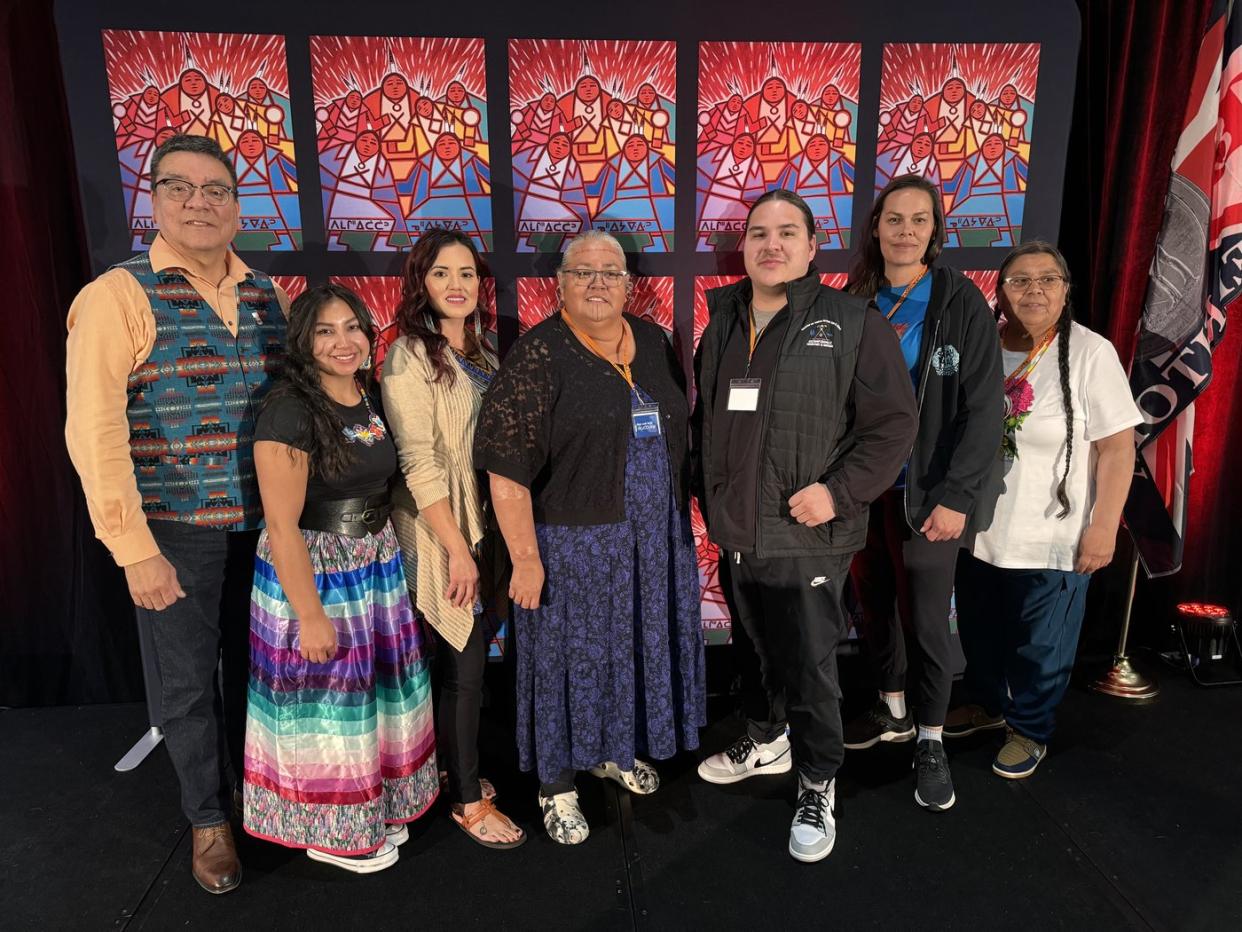Tapwe, a true Cree language conference where English is optional

Now in its second year, the pimâcihitâtân nêhiyawêwin language conference is doing something unconventional – hosting a large Indigenous language conference primarily in an Indigenous language.
“We asked our speakers to present in Cree first, and English second – if at all," said Milton Tootoosis, conference organizer and founder of the YXE Cree Speakers Society. "It was the first time many of the delegates were in a room of 200 Cree [speakers], where they could hear the language spoken a majority of the time.”
The conference became an instant Cree immersion experience for presenters and attendees.
“Hearing the language the entire conference, it was like music to my ears," he said. "Hearing new words, new phrases, new concepts. It was just amazing."
The conference was created to create time and space to identify ways to keep the language alive and thriving, as well as to give attendees the opportunity to connect and work collaboratively on Cree language outcomes.
While Tootoosis said the conference was a success, he said there's still a great amount of urgency around language revitalization.
“There is a major language crisis in southern and central Saskatchewan," said Tootoosis. "I can converse with Elders on the reservation, but with my generation (50-60 year olds), some understand but many cannot respond. When you go to 30 and 40 year olds, it gets worse."
This decrease in language speakers has many concerned, which motivates him to do something about it.
“Some people are saying the language is dead, or dying," said Tootoosis. "It’s not dead, it’s asleep. We need to awaken it. That’s the message we wanted to share at the conference.”
Tootoosis has hope in the young generations who are finding their voice and passion for language.
Such as Izaiah Swampy Omeasoo, Councillor at Samson Cree Nation; and Aiyana Twigg, from Ktunaxa Nation in British Columbia – are both language speakers and leaders in their communities who are still in their mid-twenties.
“We need these young leaders to preserve, protect, and promote their language,” said Tootoosis.
“If we lose our language, we lose our culture," he said. "Within any language is its values, stories, and culture. If we lose that, we are becoming little brown white-people, being totally assimilated. Are John A. Macdonald’s policies of assimilating the Indian actually going to happen? We are saying no. This is part of that resistance.”
In order to keep making progress, Tootoosis plans on continuing to grow and evolve the pimâcihitâtân nêhiyawêwin conference.
Announced at this year’s conference, it will evolve from a provincial to a national conference in 2026, when delegates from around Canada will be invited to share in Saskatoon.
Tootoosis also hopes efforts like the provincial conference this year and the national one in two years time will make language revitalization a priority for the provincial government, who have thus far had minimal investment, he said.
“I think [the provincial government’s] investment in Indigenous language has been deplorable," said Tootoosis. "I know in BC and other jurisdictions, provincial governments are contributing financially to get programming going, but not so much here.”
However he remains hopeful.
“Language has a spirit. I think many people felt that spirit at this conference. I think it will inspire guys like me to keep going.”
NC Raine, Local Journalism Initiative Reporter, Eagle Feather News


